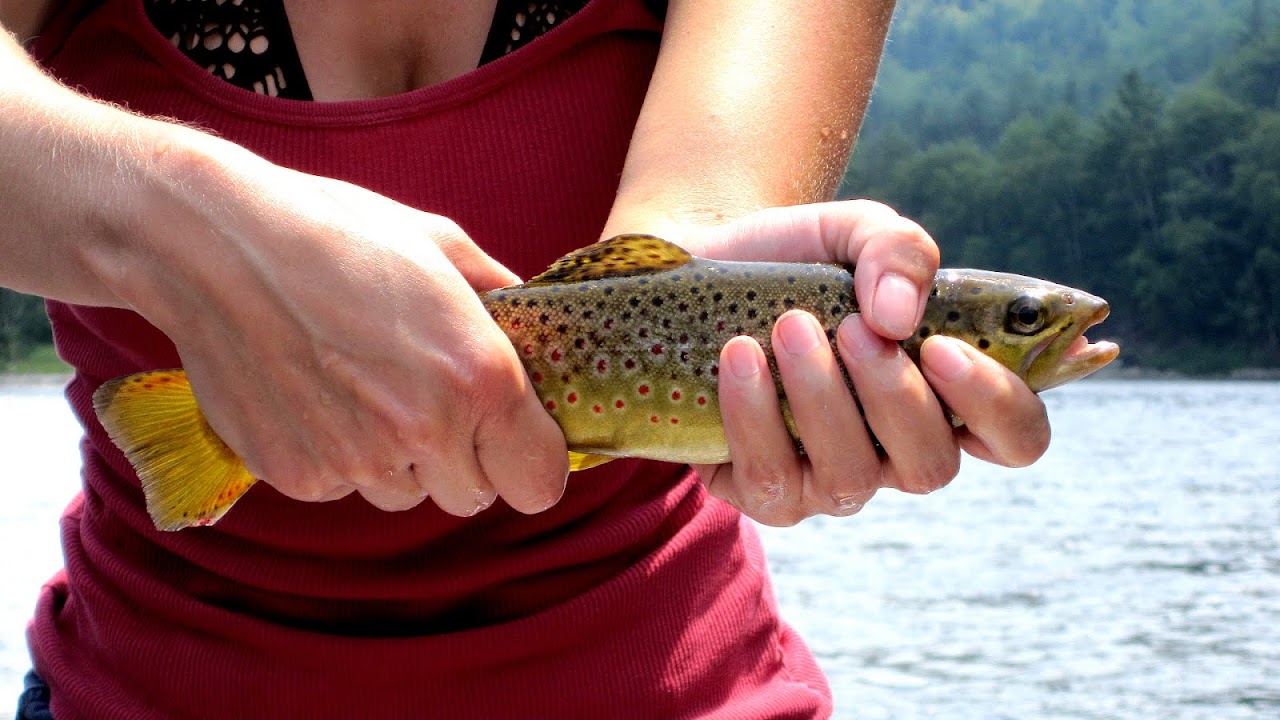
The Androscoggin River is a river in the U.S. states of Maine and New Hampshire, in northern New England. It is 178 miles (286 km) long and joins the Kennebec River at Merrymeeting Bay in Maine before its water empties into the Gulf of Maine on the Atlantic Ocean. Its drainage basin is 3,530 square miles (9,100 km2) in area. The name "Androscoggin" comes from the Eastern Abenaki term /al?ssík?nt?kw/ or /alsík?nt?kw/, meaning "river of cliff rock shelters" (literally "thus-deep-dwelling-river"); or perhaps from Penobscot /al?sstk?t?k?/, meaning "river of rock shelters". The Anglicization of the Abenaki term is likely an analogical contamination with the colonial governor Edmund Andros.

Maps, Directions, and Place Reviews
Course
The Androscoggin begins in Errol, New Hampshire, where the Magalloway River joins the outlet of Umbagog Lake. The river flows generally south but with numerous bends past the towns of Errol and Milan and the city of Berlin before turning east at the town of Gorham, New Hampshire, to cut across the northern end of the White Mountains and enter Maine. Continuing east, the river passes the towns of Bethel, Rumford, and Dixfield before turning south at the town of Livermore Falls and leaving the mountains behind. The river passes through the twin cities of Lewiston and Auburn, turns southeast, passes the community of Lisbon Falls and reaches tidewater just below the final falls in the town of Brunswick. Merrymeeting Bay is a 10-mile-long (16 km) freshwater estuary where the Androscoggin meets the Kennebec River nearly 20 miles (32 km) inland from the Atlantic Ocean.
Androscoggin River Fly Fishing Video
Water quality
The Androscoggin was once heavily polluted by a variety of textile mills, paper mills, and other industries located along its banks, and helped inspire the Clean Water Act. Although the river has benefited greatly from environmental work and the departure of certain types of industry from the region, recent EPA test results indicate unacceptably high levels of mercury-contaminated wastewater are still being discharged into the river from numerous paper mills. One environmentalist group has cited the results in calling the Androscoggin one of the 20 most polluted rivers in America. One 14-mile (23 km) stretch requires oxygen bubblers to prevent fish from suffocating. As of May 2007, environmental groups had a lawsuit pending, in an attempt to force the paper mills located along the river to clean their waste streams. Companies have resisted, citing cost.

Streamflow
The U.S. Geological Survey (USGS) maintains four river flow gauges on the Androscoggin River. All four are below one or more dams.
The first is at Errol, New Hampshire (44°46?57?N 71°07?46?W), where the watershed is 1,046 square miles (2,710 km2). Flow here has ranged from 16,500 to 0 ft³/s (467 and 0 m³/s) (zero flow when dam closed). The mean annual flow between 1905 and 2005 is 1,919 ft³/s (54.3 m³/s).
The second is near Gorham, New Hampshire (44°26?10?N 71°11?27?W), where the watershed is 1,361 square miles (3,520 km2). Flow here has ranged from 21,900 to a mean daily low of 795 ft³/s (620 and 22.5 m³/s) (lows when dam closed). The mean annual flow between 1905 and 2005 is 2,512 ft³/s (71 m³/s).
The third is at Rumford, Maine (44°33?04?N 70°32?38?W), where the watershed is 2,068 square miles (5,360 km2). Flow here has ranged from 74,000 to 625 ft³/s (2,094 and 17.7 m³/s). The mean annual flow between 1905 and 2005 is 3,801 ft³/s (107.6 m³/s).
The fourth is at Auburn, Maine (44°04?20?N 70°12?31?W), where the watershed is 3,263 square miles (8,450 km2). Flow here has ranged from 135,000 to 340 ft³/s (3,820.5 and 9.6 m³/s).

Angling the Androscoggin
The Androscoggin River is a popular fishing destination for anglers seeking brook, rainbow and brown trout, as well as landlocked salmon and smallmouth bass. The upper reaches near Errol, New Hampshire, are popular with local and visiting fly fishermen for the chance to catch landlocked salmon from a drift boat. Although the upper reaches contain some bass, the river warms as it flows into Maine, and smallmouth bass are the chief quarry in its lower reaches.

History
The ancient name for the river was Pescedona, which is Abenaki for "a branch".
According to the USGS, variant names for the Androscoggin River include Amasagu'nteg, Amascongan, Ambrose Coggin, Ammeriscoggin, Ammoscoggin, Amos Coggin, Amoscommun, Anasagunticook, Anconganunticook, Andrews Coggin, Andros Coggan, Andros Coggin, Androscoggen, Andrus Coggin, Aumoughcaugen, and Ameriscoggin River.
The average Androscoggin drop of eight feet per mile made it an excellent source of water power encouraging development of the cities of Berlin, New Hampshire, and Lewiston and Auburn, Maine, and the Maine towns of Brunswick, Topsham, Lisbon Falls, Livermore Falls, Chisholm, Mexico, Rumford and Bethel.

Major tributaries
Listed from source to mouth of Androscoggin, with location of tributary's mouth:
- Magalloway River, Errol, New Hampshire
- Clear Stream, Errol, New Hampshire
- Mollidgewock Brook, Errol, New Hampshire
- Chickwolnepy Stream, Milan, New Hampshire
- Dead River, Berlin, New Hampshire
- Moose Brook, Gorham, New Hampshire
- Moose River, Gorham, New Hampshire
- Peabody River, Gorham, New Hampshire
- Wild River, Gilead, Maine
- Pleasant River, Bethel, Maine
- Alder River, Bethel, Maine
- Sunday River, Bethel, Maine
- Bear River, Newry, Maine
- Ellis River, Rumford, Maine
- Concord River, Rumford, Maine
- Swift River, Rumford and Mexico, Maine
- Webb River, Dixfield, Maine
- Dead River, Leeds, Maine
- Nezinscot River, Turner, Maine
- Little Androscoggin River, Auburn, Maine
- Sabattus River, Lisbon, Maine
- Little River, Lisbon Falls, Maine
Source of the article : Wikipedia


EmoticonEmoticon